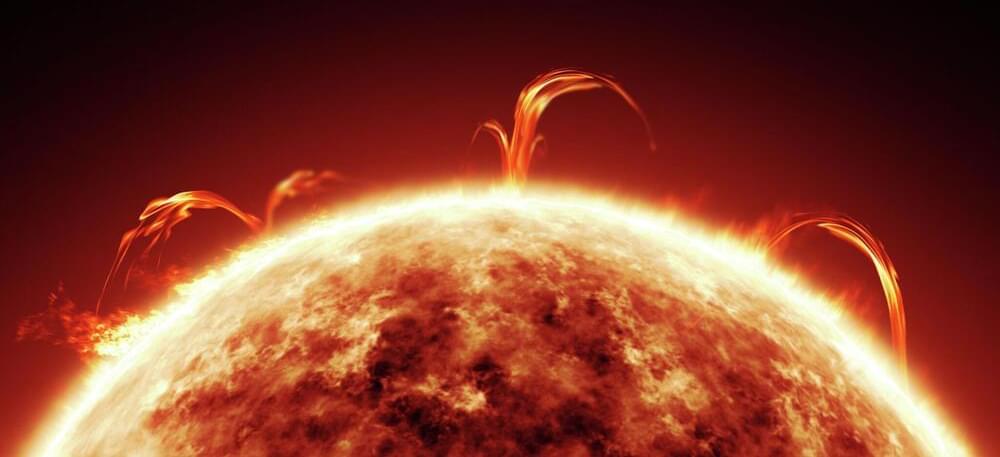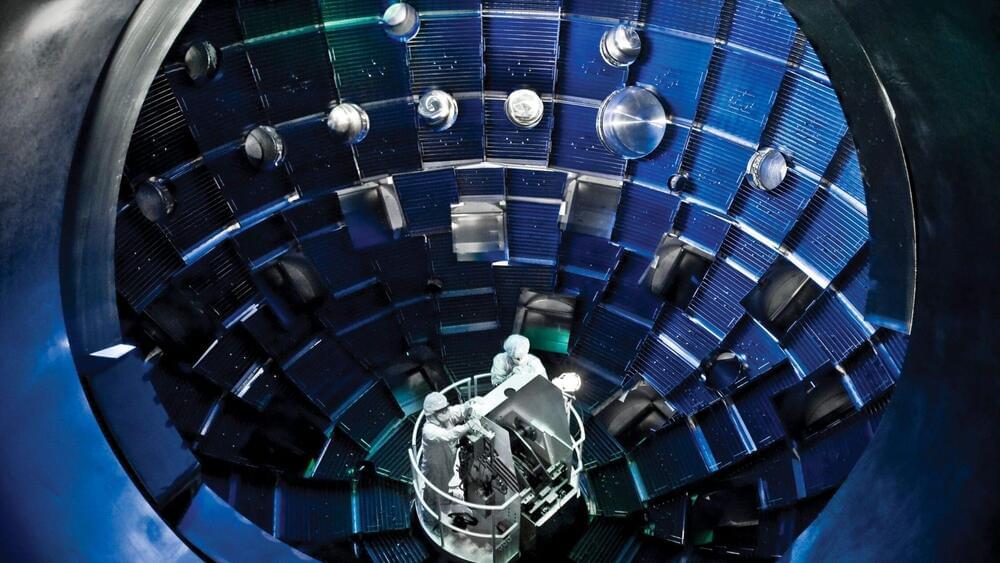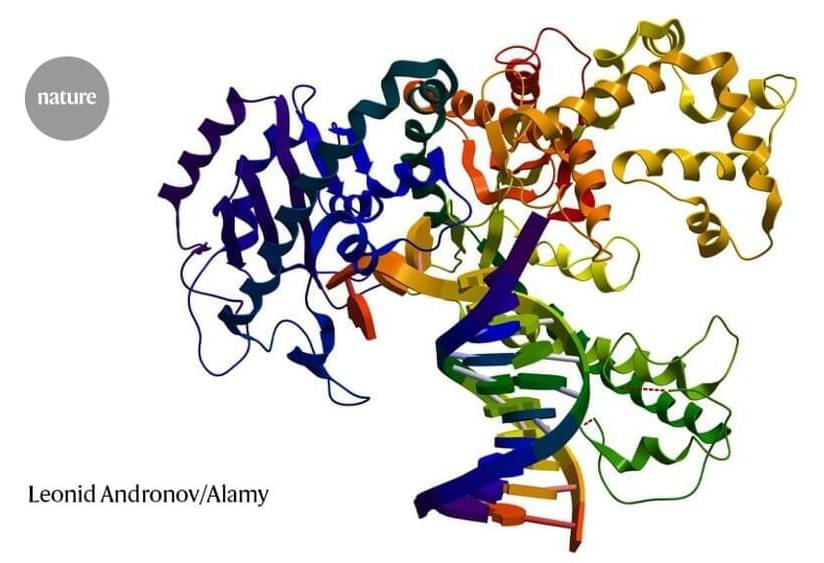SFGATE columnist Drew Magary on why this isn’t the holy grail — but it’s still a cause for celebration.


At number 15 on IE’s 22 best innovations of 2022, we take a look back at Qatar’s Stadium 974.
Qatar has built or refurbished eight stadiums for the 2022 FIFA World Cup, and they have all been equipped with technology to keep players and fans cool in the Qatari heat.
Stadium 974 was built in Qatar and is named after the nation’s dialing code and the number of ocean shipping containers that were utilized in its construction.
Ibrahim Can/Interesting Engineering.
One of the eight stadiums that is sure to blow our minds is Stadium 974, designed and built with the intention of removal after the event. This radical idea stemmed from Fenwick Iribarren Architects, in association with Schlaich Bergermann Partners and Hilson Moran.

JWST makes a spectacular debut, AI gets creative, giant bacteria surprise, and the year’s other big advances in science.

Researchers have discovered that salen can effectively bind a number of proteins of the coronavirus SARS-CoV-2.
Severe acute respiratory syndrome coronavirus 2 (SARS-CoV-2) is the official name of the virus strain that causes coronavirus disease (COVID-19). Previous to this name being adopted, it was commonly referred to as the 2019 novel coronavirus (2019-nCoV), the Wuhan coronavirus, or the Wuhan virus.

Scientists have been striving to achieve fusion ignition for decades.
Scientists from the Lawrence Livermore National Laboratory (LLNL) announced a major breakthrough for nuclear fusion on Tuesday, December 13. In a historic first, they achieved fusion ignition during a nuclear fusion experiment. This means they produced more energy than they put into their fusion experiment, paving the way for practically limitless clean energy production from nuclear fusion.
Here’s why that achievement was described as a “history-making” moment by US Secretary of Energy Jennifer Granholm during the announcement event.
LLNL
In a historic first, they achieved fusion ignition during a nuclear fusion experiment. This means they produced more energy than they put into their fusion experiment, paving the way for practically limitless clean energy production from nuclear fusion.

Scientists announced Tuesday that they have for the first time produced more energy in a fusion reaction than was used to ignite it—a major breakthrough in the decades-long quest to harness the process that powers the sun.
Researchers at the Lawrence Livermore National Laboratory in California achieved the result last week, the Energy Department said. Known as a net energy gain, the goal has been elusive because fusion happens at such high temperatures and pressures that it is incredibly difficult to control.
The breakthrough will pave the way for advancements in national defense and the future of clean power, Energy Secretary Jennifer Granholm and other officials said.

For the first time in history, US scientists at the National Ignition Facility at the Lawrence Livermore National Laboratory in California successfully produced a nuclear fusion reaction resulting in a net energy gain. Science educator Bill Nye explains why this is such a big breakthrough. #CNN #News